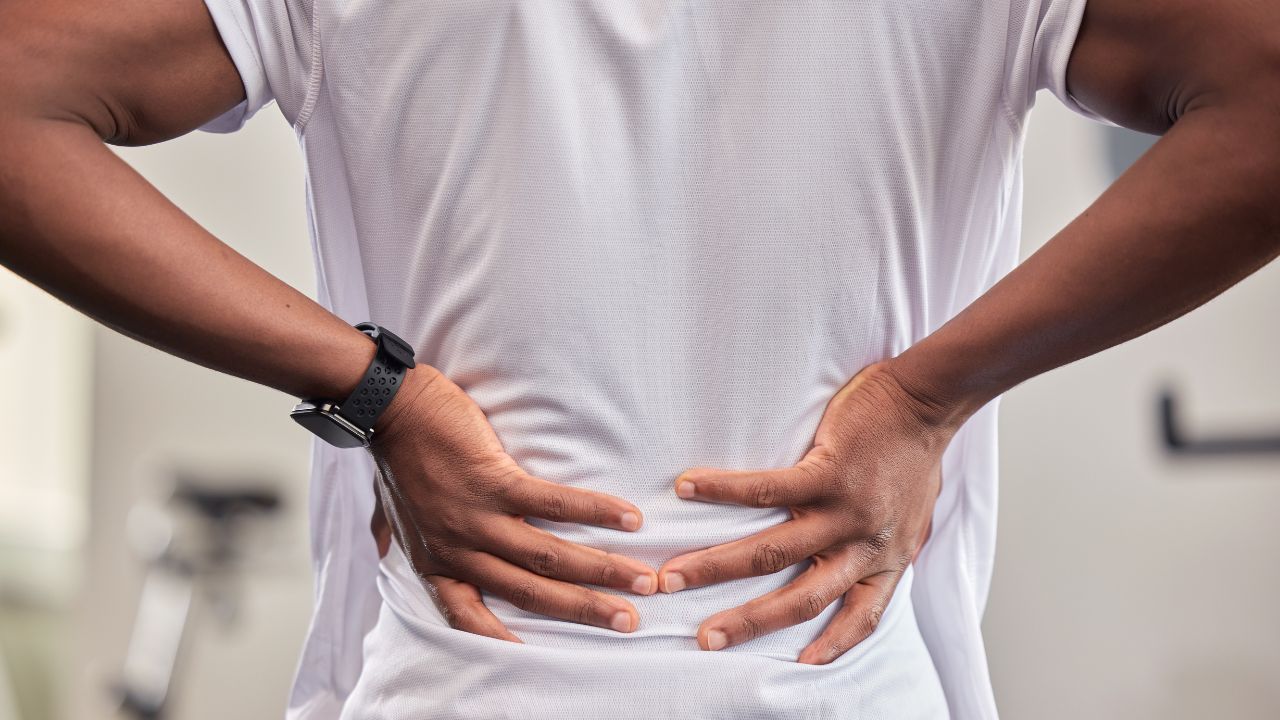
Hip pain can be a frustrating and debilitating condition that limits mobility and reduces quality of life. Whether caused by arthritis, injury, or other factors, finding effective solutions to alleviate hip discomfort is a priority for many people. In this article, we will discuss some of the most promising approaches to managing and treating hip pain.
Physical Therapy and Exercise
One of the cornerstones of hip pain management is physical therapy and targeted exercise. Working with a skilled physical therapist can help you develop a personalized program to strengthen the muscles around your hip, improve flexibility, and enhance your range of motion. Specific exercises may include:
- Gentle stretching: Stretches targeting the hip flexors, quadriceps, and hamstrings can help improve flexibility and reduce stiffness.
- Resistance band exercises: Using resistance bands to perform exercises like side leg raises and clamshells can strengthen the muscles that support the hip joint.
- Low-impact aerobic exercise: Activities like swimming, cycling, and using an elliptical machine can improve cardiovascular health and maintain hip mobility without putting excessive stress on the joint.
Consistency is key when it comes to exercise for hip pain. Working with a physical therapist to develop a safe and effective routine, and sticking with it over time, can lead to significant improvements in pain and function.
Pain Medication and Anti-Inflammatory Drugs
For many people with hip pain, over-the-counter or prescription medications can provide significant relief. Non-steroidal anti-inflammatory drugs (NSAIDs) like ibuprofen and naproxen can help reduce inflammation and alleviate discomfort. Acetaminophen is another common choice for pain management.
In some cases, stronger pain medications may be necessary. Opioids like hydrocodone or oxycodone may be prescribed for severe hip pain, although these drugs carry risks of addiction and side effects.
It's important to work closely with your doctor to find the right medication regimen for your individual needs and to use these drugs as directed to minimize risks.
Joint Injections
For some people with hip pain, joint injections can provide targeted relief. These injections typically contain a corticosteroid medication to reduce inflammation, along with a local anesthetic to numb the area.
Injections can be particularly helpful for people with osteoarthritis of the hip who have not found relief through other conservative treatments. The effects of an injection can last for several months, providing a window of reduced pain and improved function.
While joint injections are generally safe, they do carry some risks, including infection and damage to the surrounding tissues. It's important to discuss the potential benefits and drawbacks with your doctor to determine if this treatment is right for you.
Surgery
In some cases, surgery may be the best solution for hip pain that has not responded to other treatments. The type of surgery recommended will depend on the underlying cause of your hip pain.
For people with advanced osteoarthritis, a total hip replacement may be necessary. In this procedure, the damaged hip joint is removed and replaced with an artificial implant. Hip replacement surgery has a high success rate, with most people experiencing significant reductions in pain and improvements in mobility.
Other surgical options may include hip resurfacing, where the damaged bone and cartilage are trimmed and capped with metal components, or osteotomy, where the bone is cut and realigned to reduce stress on the joint.
As with any surgery, hip procedures carry risks, including infection, blood clots, and nerve damage. However, for many people, the benefits of reduced pain and improved function outweigh the potential drawbacks.
Alternative Therapies
In addition to conventional medical treatments, some people with hip pain find relief through alternative therapies. These may include:
- Acupuncture: This ancient Chinese practice involves inserting thin needles into specific points on the body to alleviate pain and promote healing. Some studies suggest acupuncture may be helpful for hip pain related to arthritis.
- Massage therapy: Massaging the muscles and soft tissues around the hip can help reduce tension, improve circulation, and alleviate pain.
- Chiropractic care: Chiropractors use manual adjustments and manipulations to realign the joints and reduce pain. Some people with hip pain find relief through chiropractic treatments.
While the evidence for these alternative therapies is mixed, many people find them to be helpful complements to conventional medical care. As with any treatment, it's important to discuss the potential risks and benefits with your healthcare provider.
Lifestyle Modifications
Finally, making certain lifestyle changes can help manage hip pain and improve overall function. These may include:
- Maintaining a healthy weight: Excess weight puts additional stress on the hip joint, so losing weight if needed can help reduce pain and improve mobility.
- Using assistive devices: A cane, walker, or other assistive device can help reduce stress on the hip joint and improve stability.
- Modifying activities: Avoiding high-impact activities and opting for low-impact alternatives like swimming or cycling can help reduce hip pain.
Making these changes may require some adjustment, but they can go a long way in managing hip discomfort and enhancing quality of life.
Conclusion
Hip pain can be a challenging condition to manage, but there are many effective solutions available. From physical therapy and exercise to medications, injections, surgery, and lifestyle modifications, working with your healthcare provider to find the right combination of treatments can help you find relief and improve your overall function. By staying proactive and committed to your treatment plan, you can take control of your hip pain and enjoy a better quality of life.
 Mobility trainingHome Fitness RecoverySports Injury PreventionPersonal Physical TherapyOrthopedic SolutionsPrivacy PolicyTerms And Conditions
Mobility trainingHome Fitness RecoverySports Injury PreventionPersonal Physical TherapyOrthopedic SolutionsPrivacy PolicyTerms And Conditions
